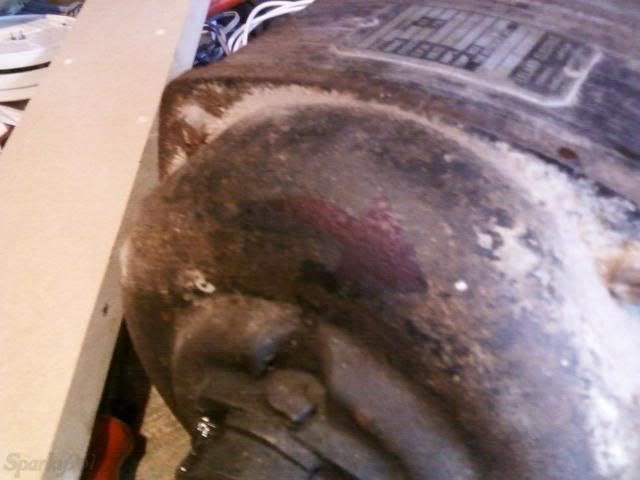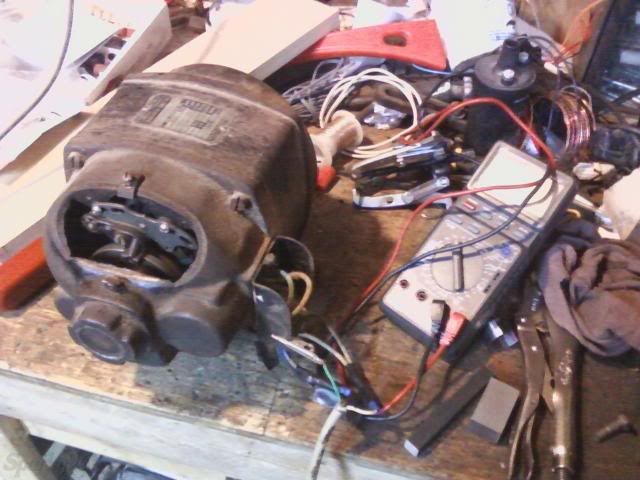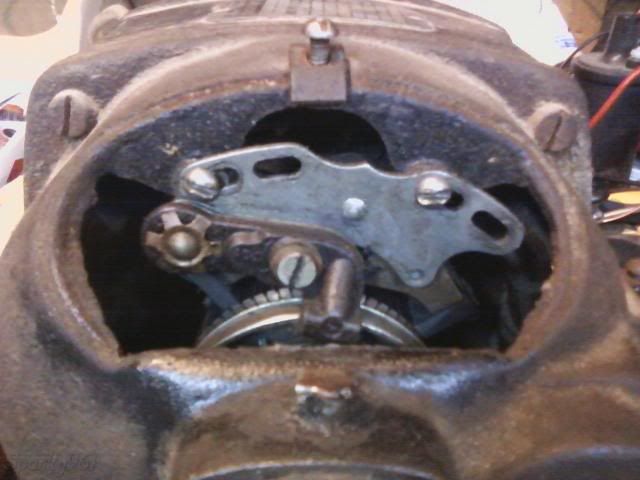I've had a very heavy 1/3 HP motor under my bench for a year or two that rotated the wrong direction for any project I wanted to use it for. I thought for sure I'd end up scrapping the thing - maybe retire on the proceeds from all the copper! I drew a big nasty arrow on it to remind me of the direction when I dragged it out on occasion.

I figured out that it had two windings connected in parallel and 4 wires coming out to the box. Having tried a few different configurations of applying power to no avail, I started doing a bit more digging to figure out how I might reverse the motor. With not too much digging (why the heck didn't I do this a year ago?) I discovered that it was very likely what I had was called a "repulsion motor" or more accurately a repulsion starting inductance motor (if I have that right). Having known only the modern capacitor start AC motors, this was quite the discovery. I suspect the same may be true for a lot of others, hence the reason I'm sharing it here as well.

As it turns out, to reverse the motor is so simple it isn't funny (ok, funny I didn't know for a year or two but we won't go there). You just undo the two screws, move the plate over to the other set of slots, and do it all back up again.

The info plate says 110/220V, so would it be as simple as connecting the windings in series if I wanted to run it on 220V instead of 110V as it is currently?
Now I just have to figure out what to use it for!

-Sparky